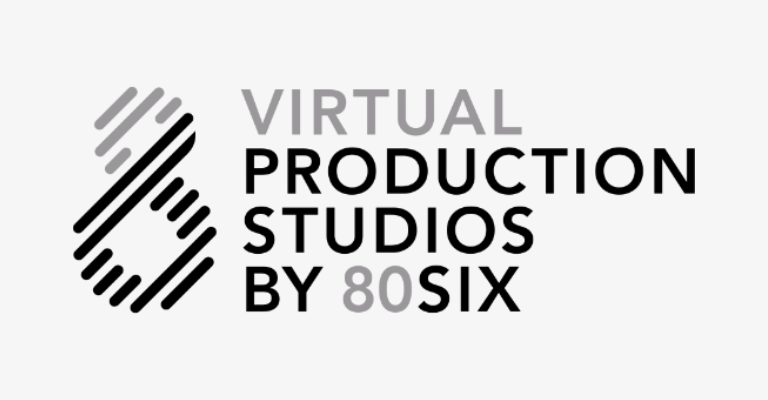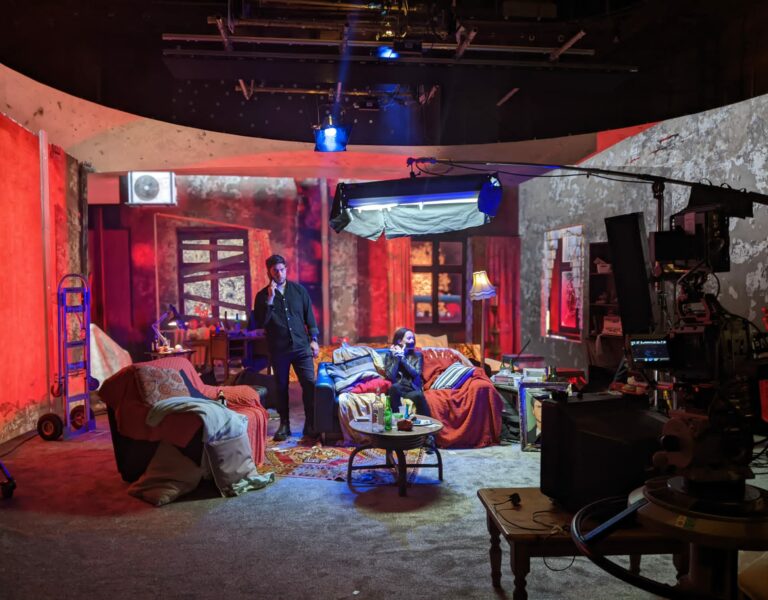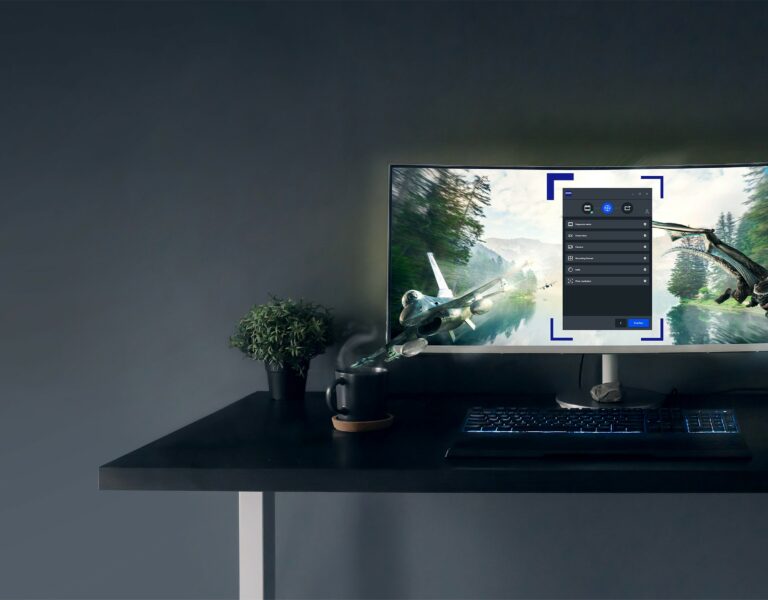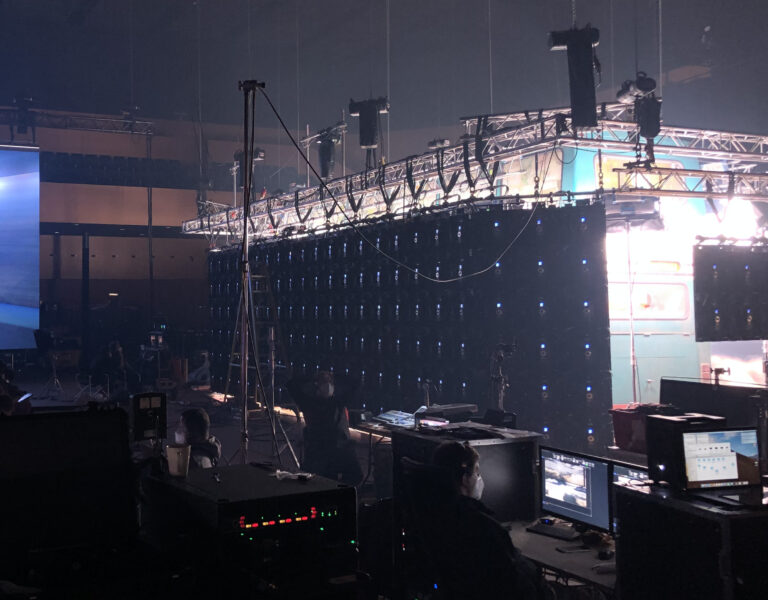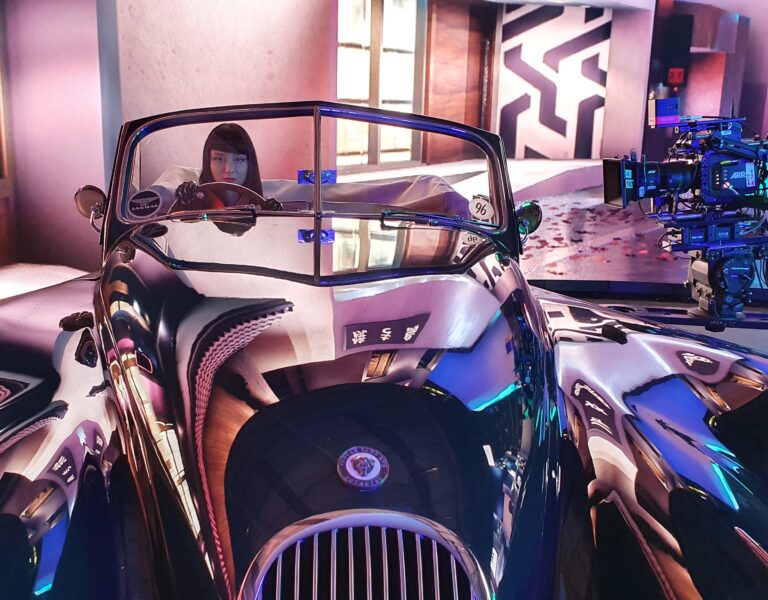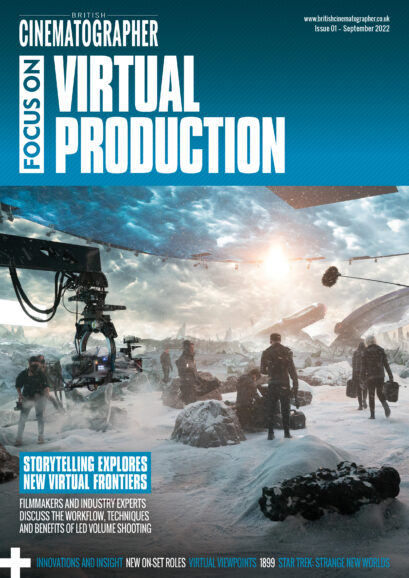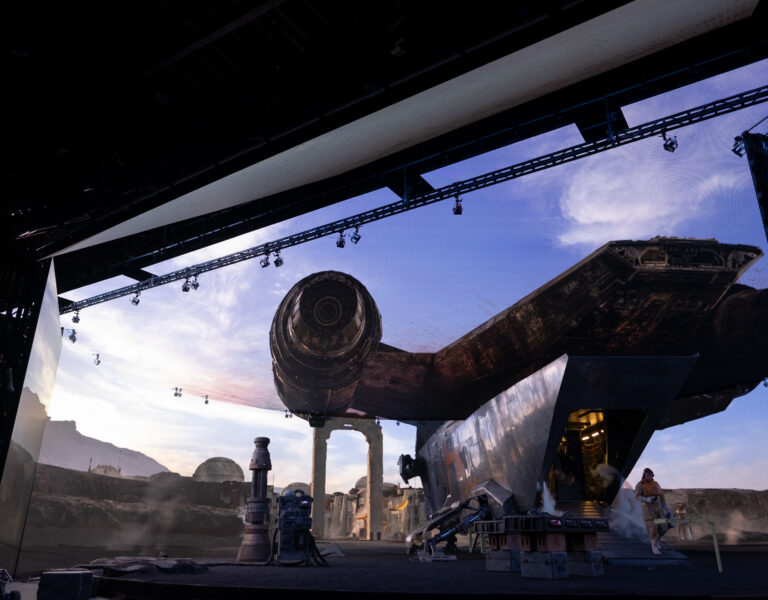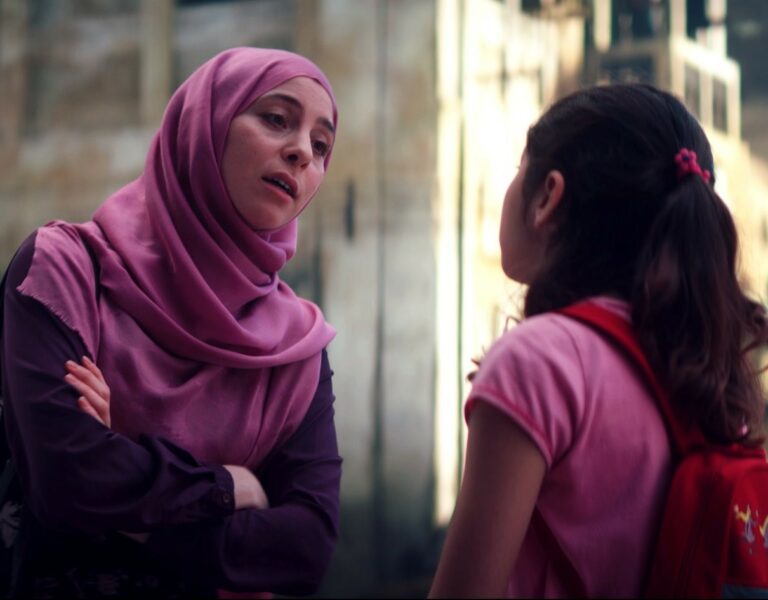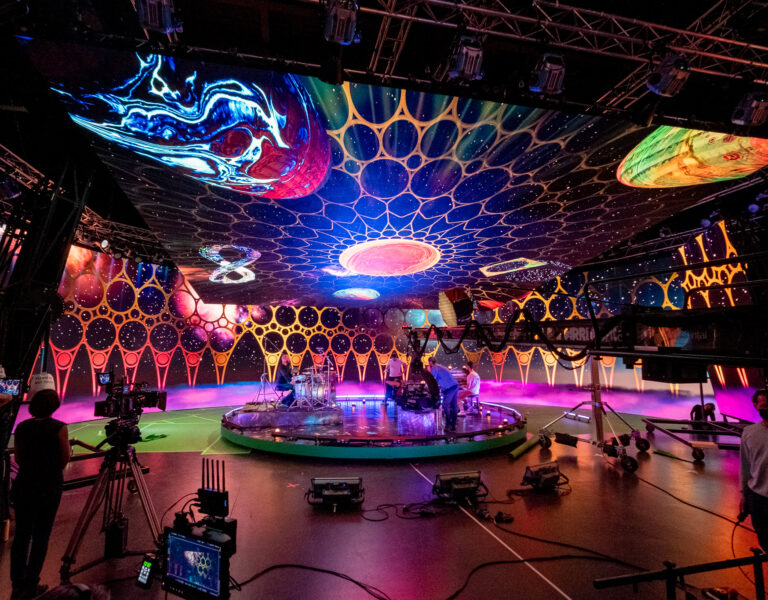Canon streamlines the virtual reality production process with the new EOS VR system.
“Canon really is the only major electronics company that has made anything like this solution currently,” says Graham Payne, product business developer – ISB Business at Canon UK. He is talking about the Canon EOS VR System, which leverages the RF mount to record both eyes of a stereoscopic image onto a single full-frame sensor.
“The creation of the RF5.2mm Dual Fisheye lens gave birth to the Canon VR System,” he explains. This L-series lens has a speed of f/2.8 and uses two aberration-correcting UD elements as well as Canon’s SWC coatings to produce a clean, high-quality stereoscopic image. “Canon released the lens in 2021 which works together with the Canon EOS R5 and EOS R5 C cameras, enabling users to create 180-degree VR content.”
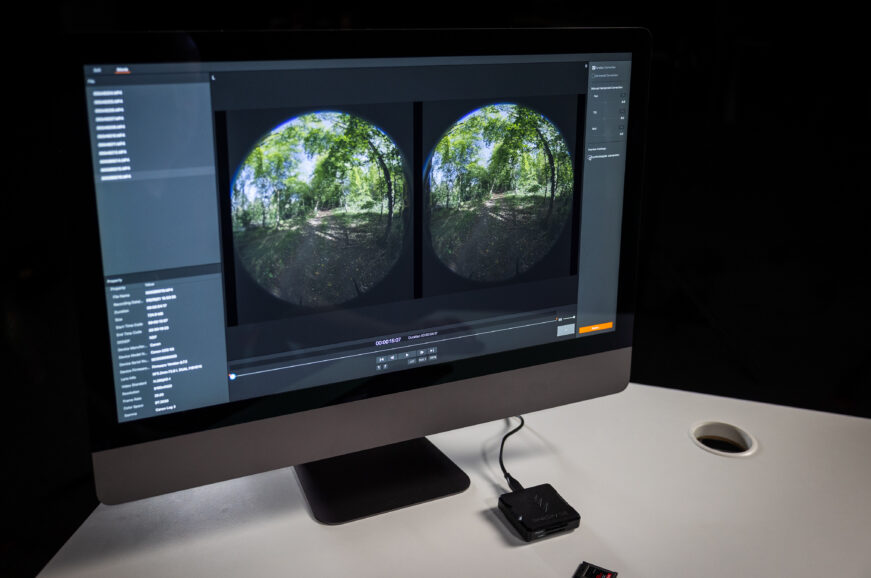
The Canon EOS R5 is a hybrid mirrorless camera capable of shooting full-frame video in 12-bit 8K RAW. “When you pair [the Dual Fisheye] lens with the new EOS R5 C you get the Canon VR System, giving 8K video VR output,” says Payne.
The system has been developed with content creators in mind, with the aim of making VR acquisition much easier than it has been before. “There is a need to have the correct post-production capabilities, but shooting is simple – if you put the lens on the camera, you are ready to go.” Recording both left- and right-eye images on the same sensor means that there is no need to align or synchronise multiple cameras and lenses, and no need to stitch multiple images together in post.
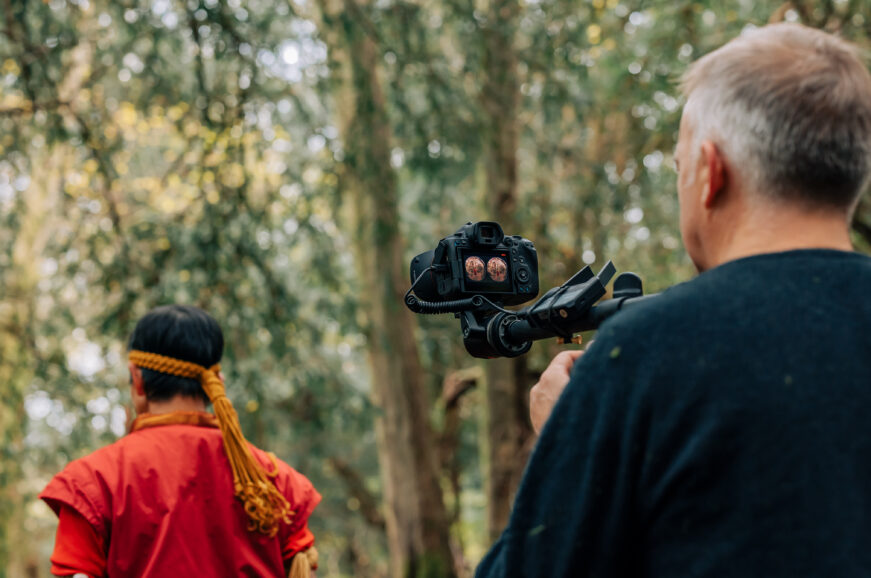
Payne is excited to see what uses creatives put the technology to. “There are so many opportunities for VR content, and content creators are defining how it can be used. We’ve already seen the Canon solution used across multiple scenarios, from live production, education, training videos, real estate to sporting events and of course, virtual film production.” Other potential applications include virtual tours of landmarks, and observational VR documentaries. Payne adds, “There are some productions that are in early stages where the Canon solution is in use, but we can’t talk about them yet.”
Director-DP Brett Danton owns an EOS R5 and Dual Fisheye lens. “It’s great,” he comments, “a really useable little piece of gear.” He is currently looking into using the system to shoot backgrounds for VR shopping. “One of the things could be cars. If you’re looking at buying a car you might want to see it in 360… To be able to capture images easily and put them into headsets, that’s where [the EOS VR System] works really well.”
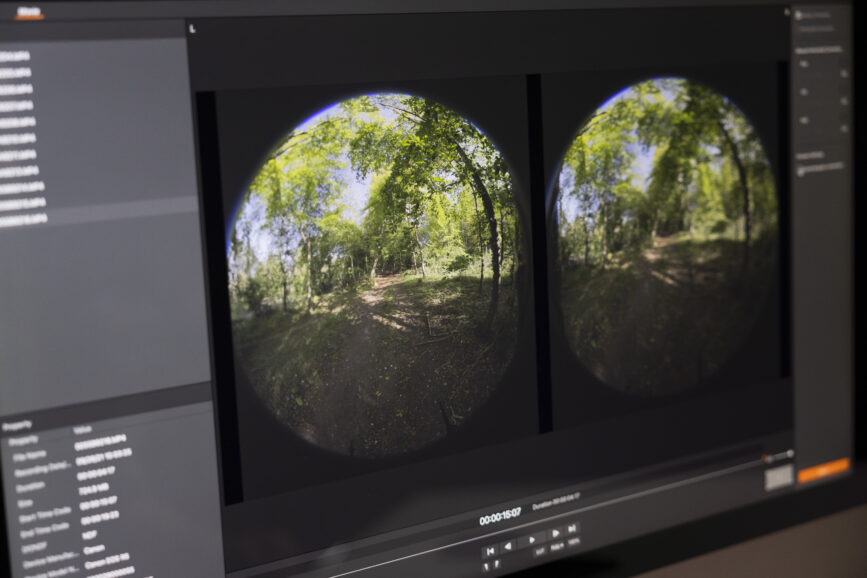
“The post-production workflow is relatively simple if you have the correct hardware and software,” says Payne. “Software wise, there is a plug-in for most post-production software packages either available now or coming. As far as hardware, you will need a relatively powerful machine, as rendering can be pretty labour intensive for older machines.”
“The workflow’s really simple,” Danton confirms. “It has always been quite complicated up until now.” The Canon EOS VR Utility converts footage into the equirectangular format required by VR headsets, or a plug-in is available for Adobe Premiere Pro which automates the conversion process as footage is imported.
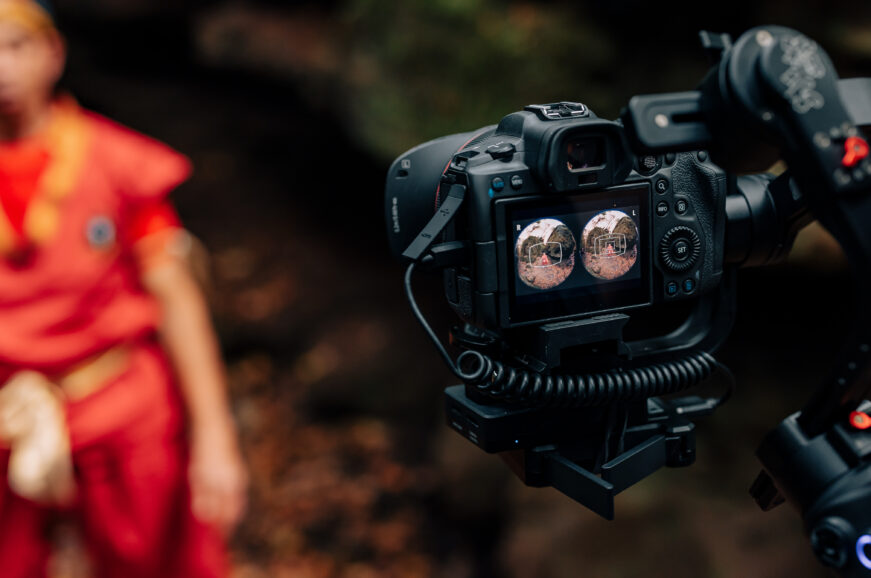
While there are monoscopic VR systems on the market, Danton believes that 3D greatly enhances the viewer’s experience: “To have it as stereo is the big thing. As soon as that stereo comes in it really does work well. You get the full depth out of the whole image.”
“The VR market is growing, and Canon wanted to develop a solution that delivers ease of use and at an affordable price point,” Payne concludes. “VR content allows a life-like experience in the headset that cannot be rivalled by traditional video content.”
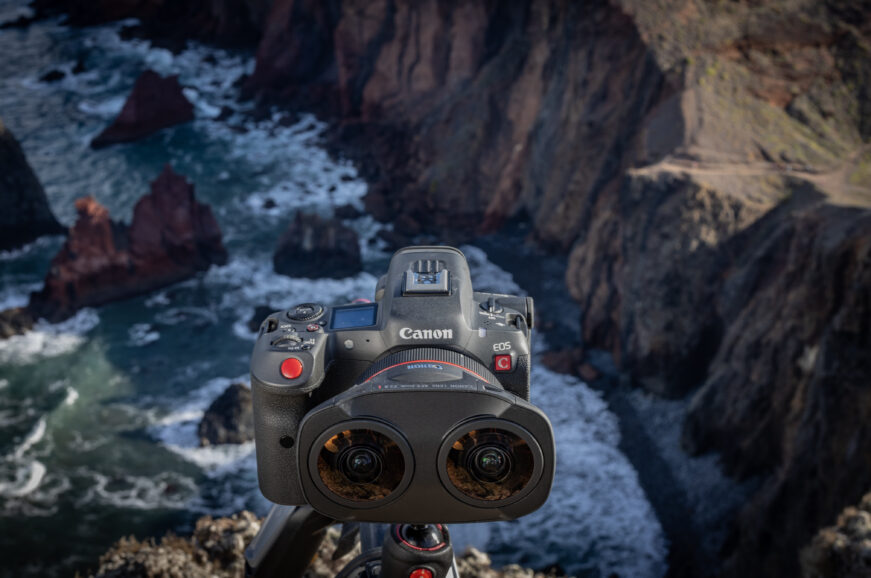
–
This article is sponsored by Canon
Words by Neil Oseman










